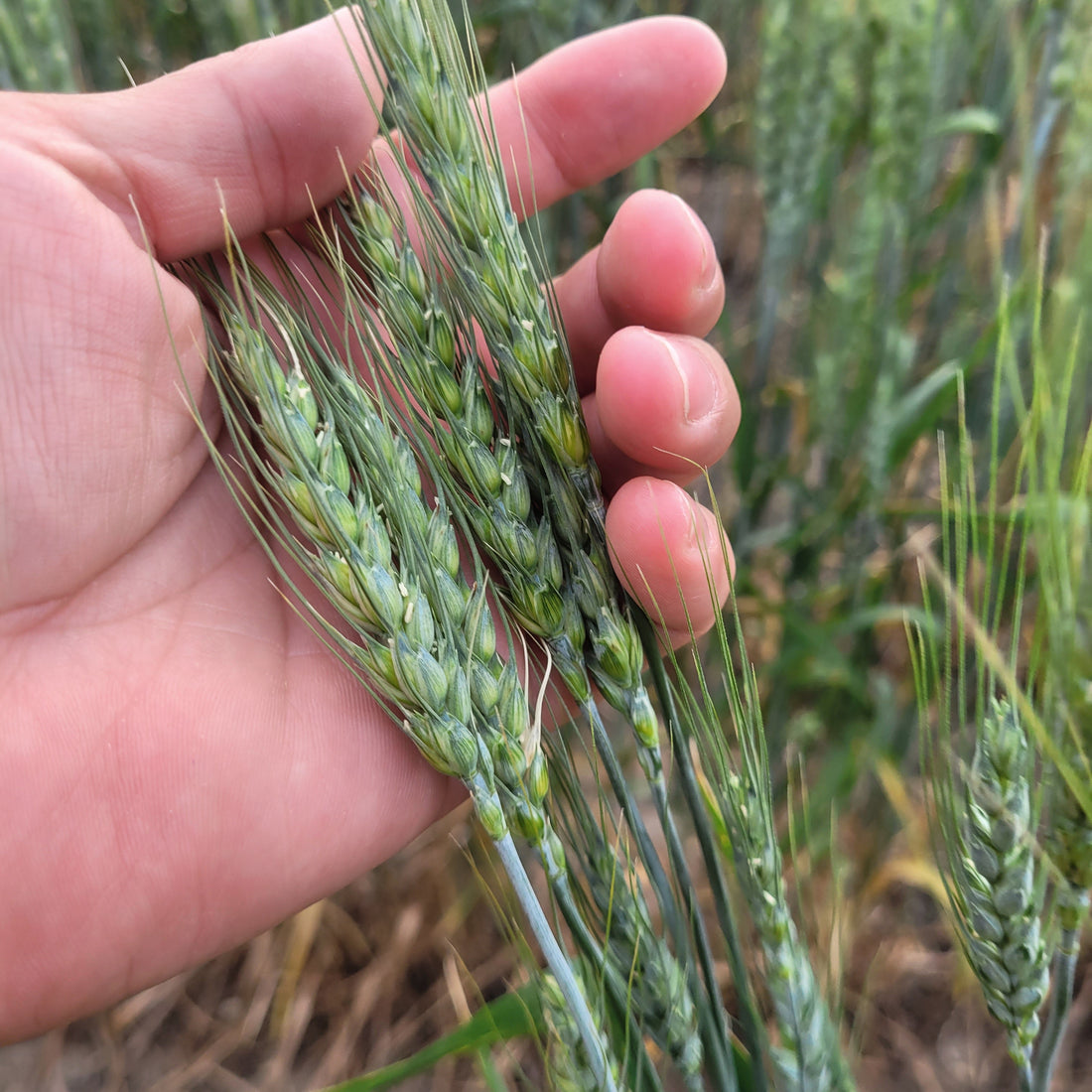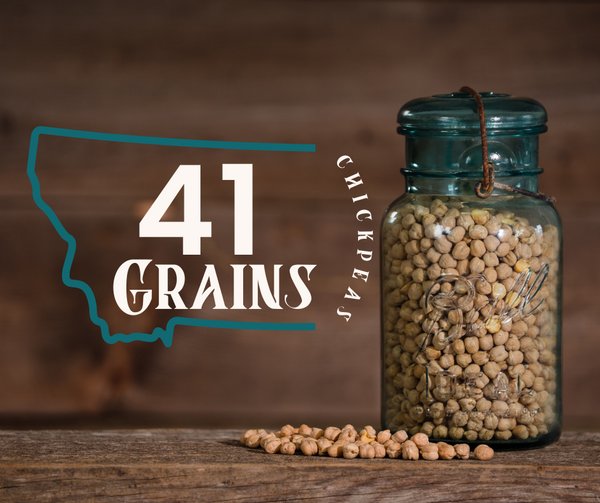
Farmstead vs. Homestead
Kacie SikvelandShare
The terms "farmstead" and "homestead" are often used interchangeably, but they do have some differences.
Homestead
A homestead is primarily a residence and the land that surrounds it, typically a small plot or parcel. The focus of a homestead is on self-sufficiency and family living, often in a rural or suburban setting. Here are some key characteristics of a homestead:
- Self-sufficiency: A homestead usually involves growing food for personal consumption, raising animals (like chickens or goats), and producing items for the household (such as preserving food or making clothing).
- Smaller scale: Homesteads tend to be smaller than farms. They might not rely on large-scale commercial production, but rather are oriented toward sustaining the people who live on the land.
- Lifestyle: Homesteading is often more about a lifestyle choice, emphasizing sustainability, self-reliance, and connection with nature.
- Legal Definition: In some places, "homestead" can also refer to a legal designation for a property where certain protections or benefits (like tax breaks) are provided, often for primary residences.
Examples: A person with a few acres of land growing a garden, raising a small flock of chickens, and living sustainably is likely considered to be homesteading.
Farmstead
A farmstead, on the other hand, refers to the land and buildings that are part of a farm, often including a farmhouse and other structures like barns, sheds, and sometimes more extensive farming operations. A farmstead is typically more focused on agriculture and may involve the production of crops or livestock for commercial or larger-scale purposes. Here are some characteristics of a farmstead:
- Agriculture-based: A farmstead is typically more involved in agricultural production, whether that’s growing crops (grain, vegetables, fruit) or raising livestock (cattle, pigs, sheep).
- Larger scale: Farmsteads may cover larger areas of land compared to homesteads, with operations potentially geared towards both family needs and income generation.
- Structures for farming: A farmstead often has additional infrastructure like barns, silos, greenhouses, or animal pens that support the farming activities.
Examples: A family raising crops for market, maintaining larger herds of cattle, or producing dairy or eggs for commercial purposes would be considered a farmstead operation.
Key Differences:
- Size: Farmsteads are often larger and may involve more extensive farming operations than homesteads.
- Focus: Homesteads focus more on self-sufficiency and personal use, while farmsteads are often geared toward larger-scale farming, sometimes for income.
- Commercial vs. Self-Sustaining: A homestead is typically more about self-sustaining living, whereas a farmstead can be commercial in nature, though not necessarily (e.g., small-scale organic farming).
In a nutshell, if you’re focusing on growing your own food and living off the land in a more self-reliant way, you're likely homesteading. If you're running a farm for production purposes, you're operating a farmstead. However, the boundaries can be blurred, and sometimes people refer to their property as both depending on the level of commercial involvement!
Now, all of that is to say that our family here at 41 Grains runs a farmstead; some would call us "conventional farmers," and that is also somewhat true; however we do focus on sustainability in our farming practices. This includes soil testing and improving soil health, no-till farming practices, crop rotations, and alternative harvesting practices for soil health, erosion, and water preservation. We are also looking at alternative fertilizer sources that are a long term viable option on a large scale. Some of these things I have mentioned I will go into more detail in another post in how we do this and results we have seen. We hope that you will follow us on our journey to build our farmstead, our brand of healthy products, and learn more about how to improve our farming practices to create healthy food, environment, and a better tomorrow for everyone. One bag of brownies at a time!!
